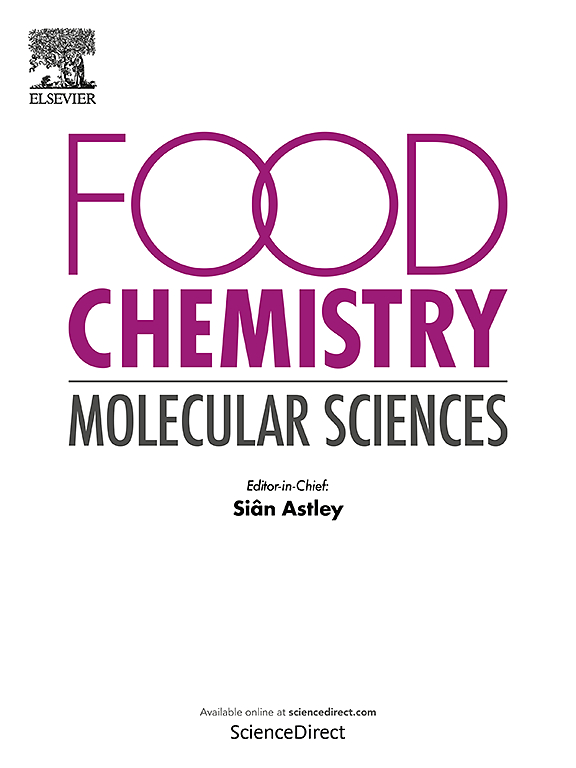A duplex sequencing approach for high-sensitivity detection of genome-edited plants
IF 4.7
Q2 FOOD SCIENCE & TECHNOLOGY
引用次数: 0
Abstract
In this paper, we have evaluated a targeted high-throughput massive parallel sequencing approach for detecting single nucleotide mutations or small genomic changes generated by new genomic techniques (NGT).
We used unique molecular identifiers (UMIs) for the quantification of the mutant alleles and duplex sequencing to confirm a mutation on both strands to avoid polymerase chain reaction (PCR) artefacts or sequencing miss-calls. We tested the approach in blinded analyses on a set of mixed NGT-modified tomato lines and identified each single nucleotide mutation or small insert/deletion (InDel) down to a 0.1 % level. To our knowledge, this is the first performance evaluation of a duplex sequencing approach for detecting and quantifying small NGT DNA changes without a priori knowledge of the mutation type and position in a target region.
Our study advances the scientific discussion on detecting NGT-induced DNA modifications in plants and food products, evaluating the potential and current limitations of a cutting-edge NGS-approach.
一种高灵敏度检测基因组编辑植物的双工测序方法
在本文中,我们评估了一种靶向高通量大规模平行测序方法,用于检测新基因组技术(NGT)产生的单核苷酸突变或小基因组变化。我们使用唯一分子标识符(UMIs)对突变等位基因进行定量,并使用双工测序来确认两条链上的突变,以避免聚合酶链反应(PCR)伪影或测序失误。我们在一组混合ngt修饰的番茄品系上测试了该方法的盲法分析,并鉴定了每个单核苷酸突变或小插入/缺失(InDel)低至0.1%的水平。据我们所知,这是首次对双工测序方法进行性能评估,该方法用于检测和量化小的NGT DNA变化,而无需先验地了解突变类型和靶区位置。我们的研究推进了对检测植物和食品中ngt诱导的DNA修饰的科学讨论,评估了尖端ngs方法的潜力和当前局限性。
本文章由计算机程序翻译,如有差异,请以英文原文为准。
求助全文
约1分钟内获得全文
求助全文
来源期刊

Food Chemistry Molecular Sciences
Agricultural and Biological Sciences-Food Science
CiteScore
6.00
自引率
0.00%
发文量
83
审稿时长
82 days
期刊介绍:
Food Chemistry: Molecular Sciences is one of three companion journals to the highly respected Food Chemistry.
Food Chemistry: Molecular Sciences is an open access journal publishing research advancing the theory and practice of molecular sciences of foods.
The types of articles considered are original research articles, analytical methods, comprehensive reviews and commentaries.
Topics include:
Molecular sciences relating to major and minor components of food (nutrients and bioactives) and their physiological, sensory, flavour, and microbiological aspects; data must be sufficient to demonstrate relevance to foods and as consumed by humans
Changes in molecular composition or structure in foods occurring or induced during growth, distribution and processing (industrial or domestic) or as a result of human metabolism
Quality, safety, authenticity and traceability of foods and packaging materials
Valorisation of food waste arising from processing and exploitation of by-products
Molecular sciences of additives, contaminants including agro-chemicals, together with their metabolism, food fate and benefit: risk to human health
Novel analytical and computational (bioinformatics) methods related to foods as consumed, nutrients and bioactives, sensory, metabolic fate, and origins of foods. Articles must be concerned with new or novel methods or novel uses and must be applied to real-world samples to demonstrate robustness. Those dealing with significant improvements to existing methods or foods and commodities from different regions, and re-use of existing data will be considered, provided authors can establish sufficient originality.
 求助内容:
求助内容: 应助结果提醒方式:
应助结果提醒方式:


